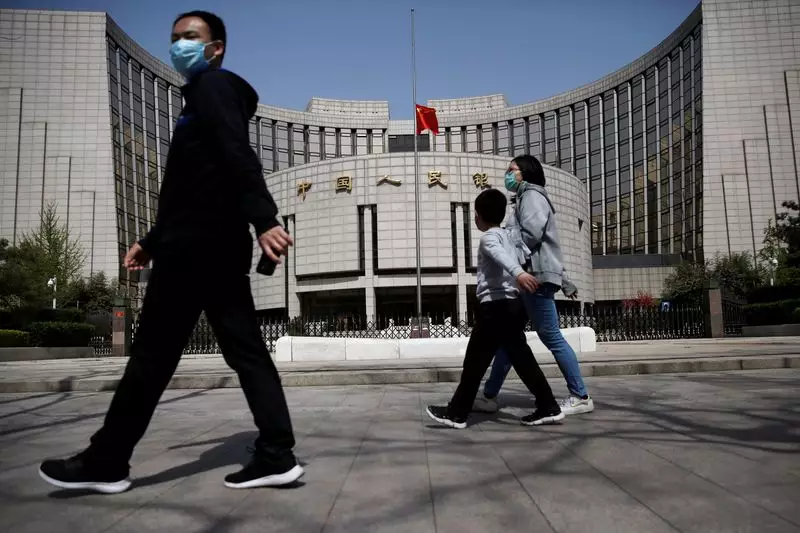China’s decision to cut short and long-term rates by 10 basis points came as a surprise to many analysts. The move was unexpected, especially considering that the People’s Bank of China had previously been guiding bond yields higher. Ben Bennett, Head of Investment Strategy for Asia at LGIM in Hong Kong, emphasized the timing of the rate cut, suggesting that it may signal a pro-growth shift following the release of a policy document outlining economic ambitions.
Gary Ng, Asia-Pacific Senior Economist at Natixis in Hong Kong, highlighted the fundamental weakness in the Chinese economy, citing a very weak Q2 GDP data and high real rates in China. Ng emphasized the need for a lower rate environment in China, given the disinflationary environment. He noted a potential shift in focus from foreign exchange rate stability to supporting economic growth, particularly as the U.S. dollar may be losing strength.
Tommy Xie, Head of Greater China Research at OCBC in Singapore, pointed to the recent third plenum as a key driver of the rate cut. Xie emphasized the need for additional monetary policy support, especially in the context of economic reform outlined in the policy document. The short-term nature of the rate cut raised questions about the possibility of a larger rate cut cycle or the one-off nature of the move.
Kiyong Seong, Lead Asia Macro Strategist at Societe Generale in Hong Kong, warned that the rate cut could trigger a bond market rally and renewed expectations of monetary easing, which may not align with the People’s Bank of China’s goals. Seong highlighted the importance of collateral for Medium-term Lending Facility (MLF) injections, suggesting that a lack of collateral may no longer be a barrier to holding long-dated bonds.
Ju Wang, Head of Greater China FX & Rates Strategy at BNP Paribas, echoed sentiments of pro-growth policies from the People’s Bank of China, which align with efforts to reach year-end GDP targets. Wang anticipated further acceleration in special LGB issuance and relaxation in property policies, leading to a steeper rates curve in Q3. Despite initial negative reactions in CNH, Wang suggested that the market stability could be maintained given expectations of a Fed rate cut in September.
Monetary Easing Amid Weak Data
Lynn Song, Chief China Economist at ING in Hong Kong, noted the timing of the rate cut in relation to recent weak data and pressure for monetary easing. Song suggested that the decision to cut rates may have been delayed due to concerns about maintaining currency stability amidst a strong dollar trend. However, recent dovish developments in the U.S. and a softer dollar may have provided the PBOC with an opportunity to implement rate cuts.
Overall, the reactions of analysts to China’s rate cut reflect a mix of surprise, concern, and optimism. While some see the move as a necessary boost to the economy in the face of weaknesses, others caution against potential pitfalls in the bond market and the need for sustained policy reforms to support long-term growth. As China navigates economic challenges and global uncertainties, the effectiveness of its monetary policies will continue to be closely scrutinized by market analysts and investors alike.

